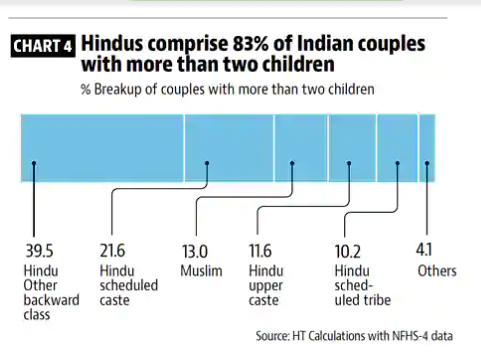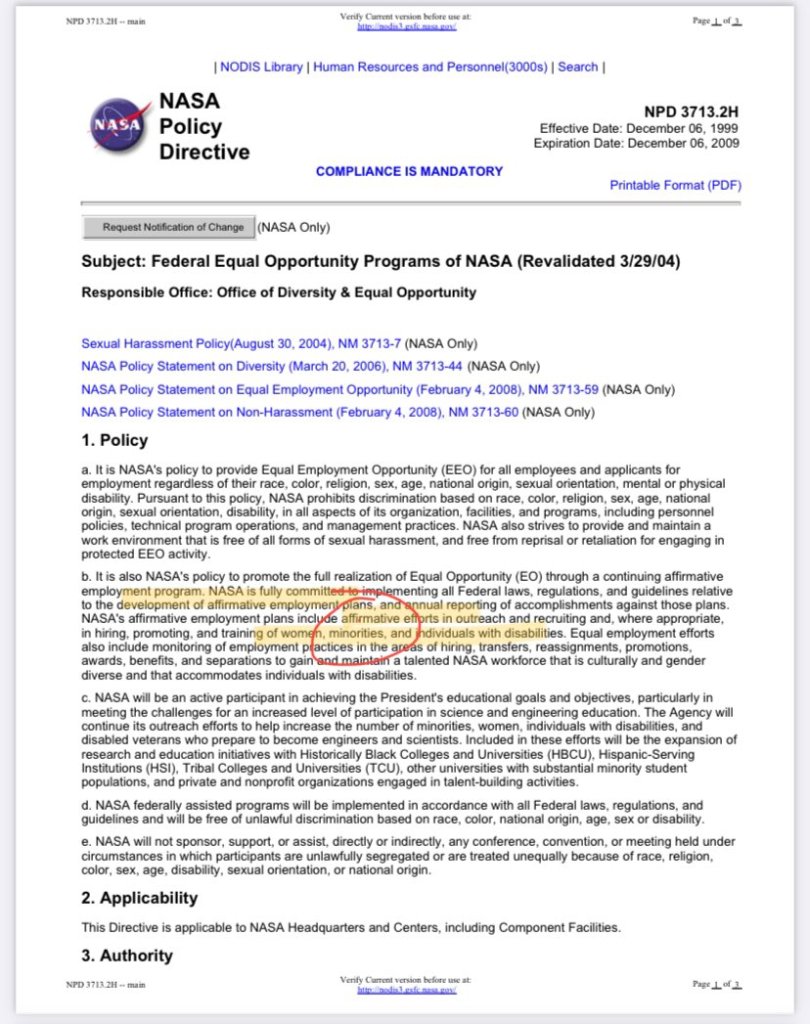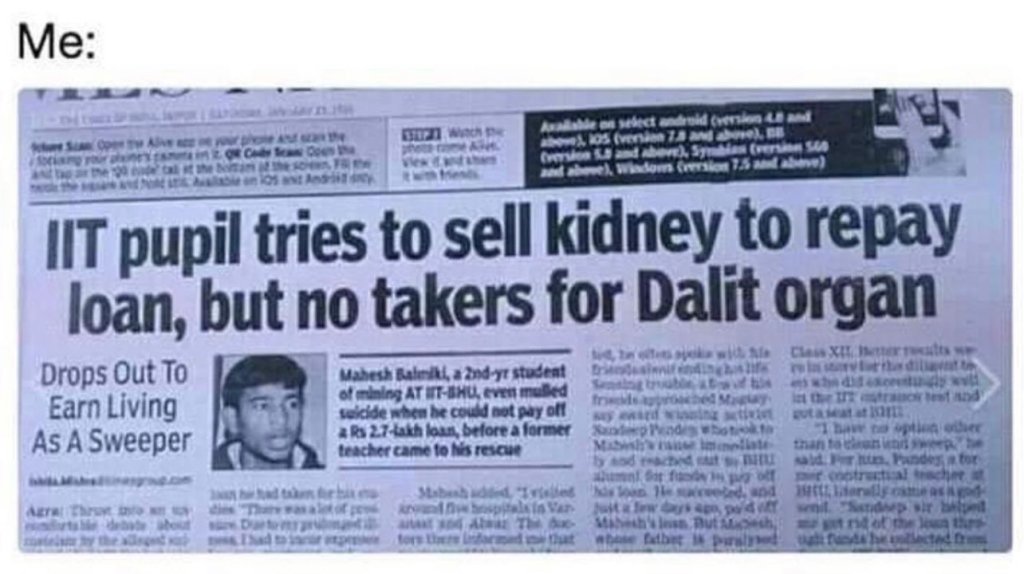Review:
Elder Race, by Adrian Tchaikovsky
| Publisher: |
Tordotcom |
| Copyright: |
November 2021 |
| ISBN: |
1-250-76871-3 |
| Format: |
Kindle |
| Pages: |
199 |
(It's a shame that a lot of people will be reading this novella on a
black-and-white ebook reader, since
the Emmanuel Shiu cover is absolutely spectacular. There's a larger
image without the words at the bottom of that article.)
When reports arrive at the court about demons deep in the forest that are
taking over animals and humans and bending them to their will, the queen
doesn't care. It's probably some unknown animal, and regardless, the
forest kingdom is a rival anyway. Lynesse Fourth Daughter disagrees
vehemently, but she has no power at court. Even apart from her lack of
seniority, her love of stories and daring and adventures is a source of
endless frustration to her mother. That is why this novella opens with
her climbing the mountain path to the Tower of Nyrgoth Elder, the last of
the ancient wizards, to seek his help.
Nyr Illim Tevitch is an anthropologist second class of Earth's Explorer
Corps, part of the second wave of Earth's outward expansion through the
galaxy. In the first wave, colonies were seeded on habitable planets,
only to be left stranded when Earth's civilization collapsed in an
ecological crisis. Nyr was a member of a team of four, sent to make
careful and limited contact with one of those lost colonies as part of
Earth's second flourishing with more advanced technology. When the team
lost contact with Earth, the other three went back while Nyr stayed to
keep their field observations going. It's now 291 years of intermittent
suspended animation later. Nyr's colleagues never came back, and there
have been no messages from Earth.
Elder Race is a Prime Directive anthropology story, a subgenre so
long-standing that it has its own conventions and variations. Variations
of the theme have been written by everyone from
Eleanor Arnason to Iain M. Banks (linking to the book I have in mind is
arguably a spoiler). Per the dedication, Tchaikovsky's take is based on
Gene Wolfe's story "Trip, Trap," which I have not read but whose plot
looks very similar.
To that story structure, Tchaikovsky brings two major twists. First, Nyr
is cut off from his advanced civilization, and has considerable reason to
believe that civilization no longer exists. Do noninterference rules
still have any meaning if Nyr is stranded and the civilization that made
the rules is gone? Second, Nyr has already broken those rules rather
spectacularly. More than a hundred years previously, he had ridden with
Astresse Regent, a warrior queen and Lynesse's ancestor, to defeat a local
warlord who had found control codes for abandoned advanced machinery and
was using it as weaponry. In the process, he fell in love and made a rash
promise to come to the aid of any of her descendants if he were needed.
Lynesse has come to collect on the promise.
Elder Race is told in alternating chapters between Nyr and
Lynesse's viewpoints: first person for Nyr and tight third person for
Lynesse. The core of the story is this doubled perspective, one from a
young woman who wants to live in a fantasy novel and one from a deeply
depressed anthropologist torn between wanting human contact, wanting to
follow the rules of his profession, and wanting to explain to Lynesse that
he is not a wizard. Nyr talks himself into helping with another misuse of
advanced technology using the same logic he used a hundred years earlier:
he's protecting Lynesse's pre-industrial society from interference rather
than causing it. But the demons Lynesse wants him to fight are something
entirely unexpected.
This parallel understanding is a great story structure. What worked less
for me was Tchaikovsky's reliance on linguistic barriers to prevent shared
understanding. Whenever Nyr tries to explain something, Lynesse hears it
in terms of magic and high fantasy, and often exactly backwards from how
Nyr intended it. This is where my suspension of disbelief failed me, even
though I normally don't have suspension of disbelief problems in SF
stories. I was unable to map Lynesse's misunderstandings to any realistic
linguistic model.
Lynesse's language is highly complex (a realistic development within an
isolated population), and Nyr complains about his inability to speak it
properly given it's blizzard of complex modifiers. This is entirely
believable. What is far less believable is that Lynesse perceives him as
fluent in her language, but often saying the precise opposite of what he's
trying to say. One chapter in the middle of the book gives Nyr's intended
story side-by-side with Lynesse's understanding. This is a brilliant way
to show the divide, but I found the translation errors unbelievable. If
Nyr is failing that profoundly to communicate his meaning, he should be
making more egregious sentence-level errors, occasionally saying something
bizarre or entirely nonsensical, referring to a person as an animal or a
baby, or otherwise not fluently telling a coherent story that's
fundamentally different than the one he thinks he's telling.
If you can put that aside, though, this is a fun story. Nyr has serious
anxiety and depression made worse by his isolation, and copes by using an
implanted device called a Dissociative Cognition System that lets him
temporarily turn off his emotions at the cost of letting them snowball.
He has a wealth of other augments and implants, including horns, which
Lynesse sees as evidence that he's a different species of magical being
and which he sees as occasionally irritating field equipment with annoying
visual menus. The key to writing a story like this is for both
perspectives to be correct given their own assumptions, and to offer
insight that the other perspective is missing. I thought the linguistic
part of that was unsuccessful, but the rest of it works.
One of the best parts of novellas is that they don't wear out their
welcome. This is a fun spin on well-trodden ground that tells a complete
story in under 200 pages. I wish the ending had been a bit more
satisfying and the linguistics had been more believable, but I enjoyed the
time I spent in this world.
Content warning for some body horror.
Rating: 7 out of 10

 This was
This was 
 Hindus comprise 83% of Indian couples with more than two child children
Hindus comprise 83% of Indian couples with more than two child children If one wants to, one can read a bit more about the Uttar Pradesh Population bill
If one wants to, one can read a bit more about the Uttar Pradesh Population bill 

